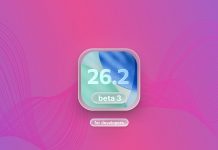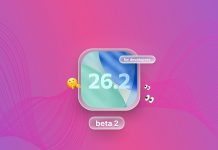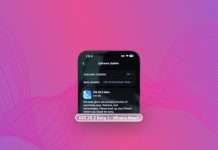
Rumors about a foldable iPhone didn’t appear yesterday. They’ve surfaced on and off for years, usually followed by silence from Apple and a few patents that go nowhere. But something has changed. In the past year, credible analysts, supply chain sources, and industry reports started to align: Apple isn’t just thinking about a foldable device – it’s building one.
This time, the details carry weight. There’s a timeline. There are contracts (even Samsung, their on-again, off-again frenemy, has a role). So, Apple’s first foldable device is no longer a myth, it’s a slow-brewing product.
So, what do we actually know? When will it launch? And why is Apple finally moving forward with a foldable iPhone now? Here’s the full picture.
Table of Contents
What Apple’s Foldable iPhone Might Look Like
By 2025, analysts like Ming-Chi Kuo and Ross Young confirmed that Apple had settled on a book-style fold, not a flip. That means the device opens vertically like a notebook, not horizontally like a powder compact. When closed, it works like a regular iPhone with a smaller external screen. When opened, it reveals a nearly 8-inch display, essentially an iPad mini that fits in your pocket, assuming your pockets aren’t a joke. Kuo also mentioned Apple aims for an unfolded screen size between 7.5 and 7.8 inches, while the outer display should land around 5.5 inches.
Apple’s First Foldable iPhone Predictions: Market Positioning, Hardware Specs, Development Schedule, and Shipment Estimates
Click to readhttps://t.co/E2eccbkgDU pic.twitter.com/PjSfqIyaFt
— 郭明錤 (Ming-Chi Kuo) (@mingchikuo) March 6, 2025
Ross Young added that Apple locked in Samsung Display to supply the inner foldable panels. Why? Because no other supplier delivered a crease-free experience that didn’t look like a leftover from a shipping container accident. Apple apparently refused to accept the visible fold that shows up on nearly every other foldable phone. According to reports, Samsung provided a next-generation ultra-thin glass that helps reduce creasing to near-invisible levels (finally, something Apple didn’t need to redesign from scratch).
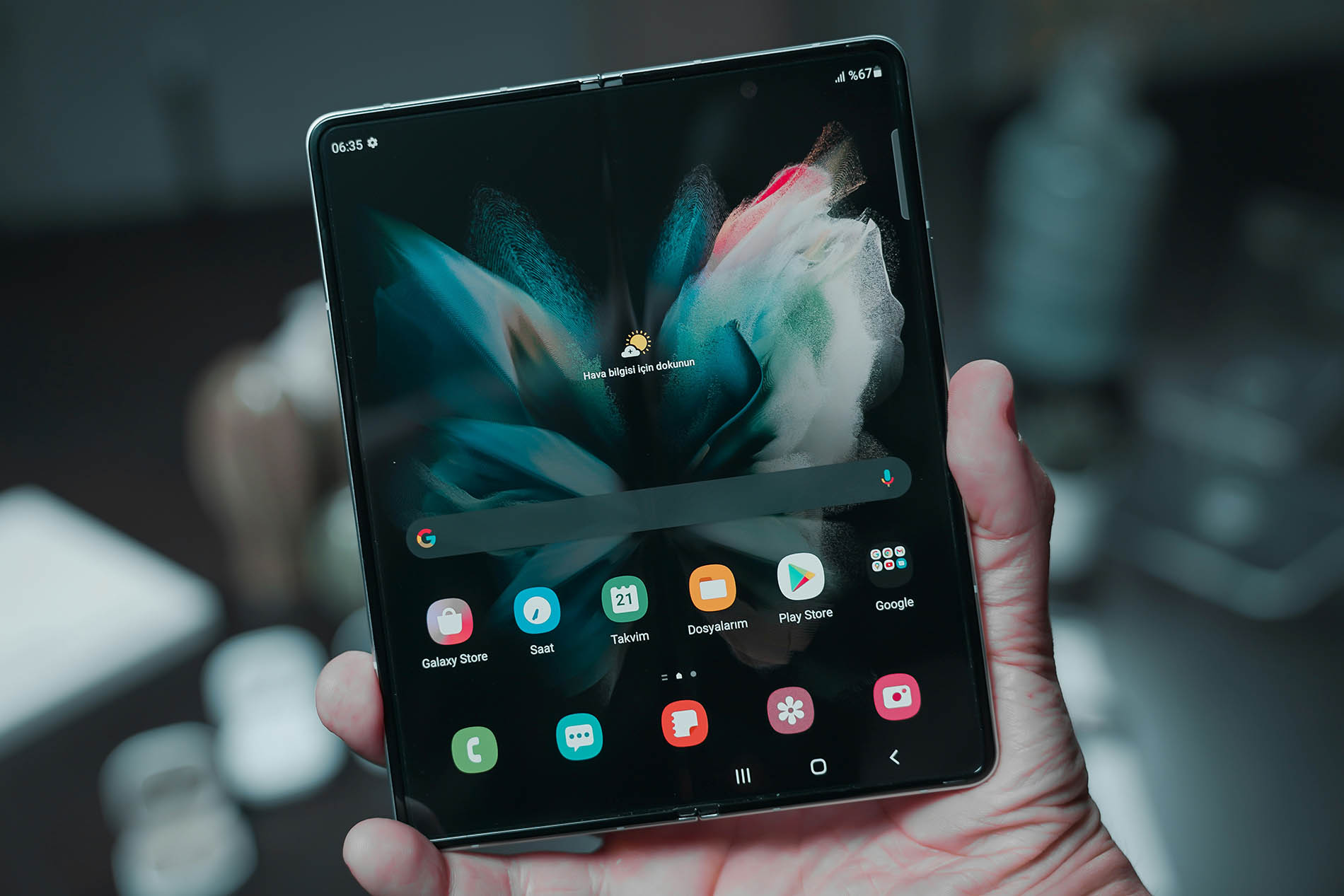
Apple also filed patents over the years that mapped out some of these ideas in technical detail. One patent outlined a geared hinge mechanism with flexible support layers under the display, aimed at preventing stress marks and panel distortion. Another detailed a “self-healing” screen layer, which supposedly repairs micro-abrasions using heat, pressure, or electrical current. Whether that makes it into the final product remains unclear.
The broader takeaway: Apple isn’t rushing the design just to compete. The company plans to release a foldable that doesn’t creak, wobble, or feel like a science project. If that takes extra years and a few million spent on hinge R&D, so be it. At least the final product won’t need a warning label.
What’s Under the Hood? Hardware and Software in Apple’s First Foldable
Apple’s foldable iPhone will look different and will also run differently. The company plans to give it top-tier hardware and a custom-tailored version of iOS that actually knows how to deal with more than one screen. Based on current reports, Apple aims to treat this foldable as a flagship device, not a weird experiment with stripped-down features.
- The foldable iPhone will likely use the latest A-series chip available at the time of launch, most likely an A20 or A21 Pro if Apple follows its usual release cycle. Some rumors floated the idea of Apple squeezing in an M-series chip, but so far, no serious source has backed that up. Either way, expect performance that can rival a MacBook in benchmarks, and Apple will definitely show on stage.
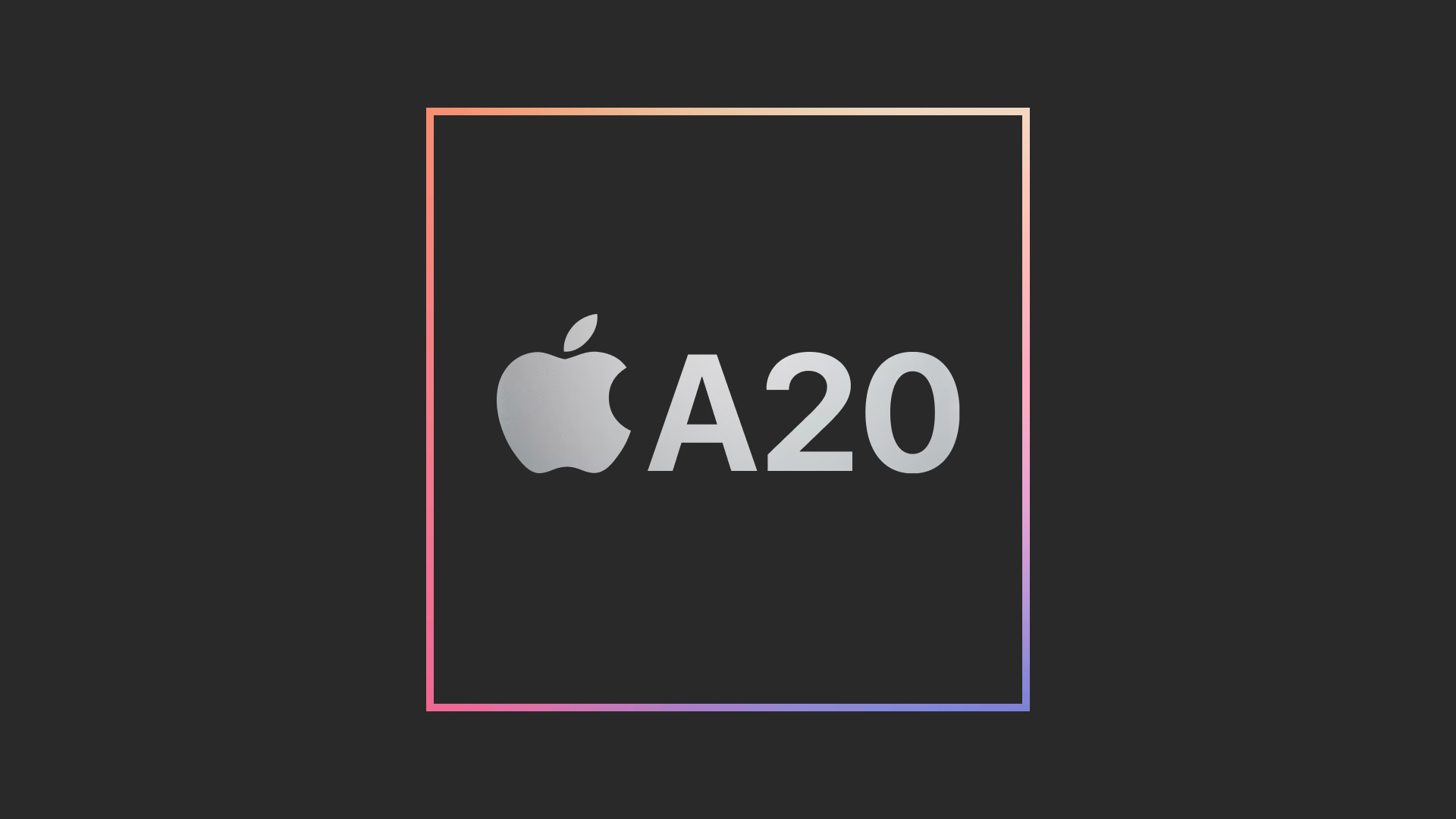
- As for the display, reports point to a 120Hz ProMotion OLED panel on the inside, supplied by Samsung. That makes the foldable just as fluid as Apple’s Pro models. The outer screen should match that quality, though likely with a slightly lower refresh rate to conserve power, unless Apple finds a new way to defy battery physics.
- Apple seems to favor Touch ID on the power button instead of adding dual Face ID modules. Some believe the company could integrate under-display fingerprint scanning, but that path remains uncertain. The foldable could also ship with a simplified dual-lens camera system, which makes sense if Apple wants to avoid a bulky rear panel that splits down the middle.
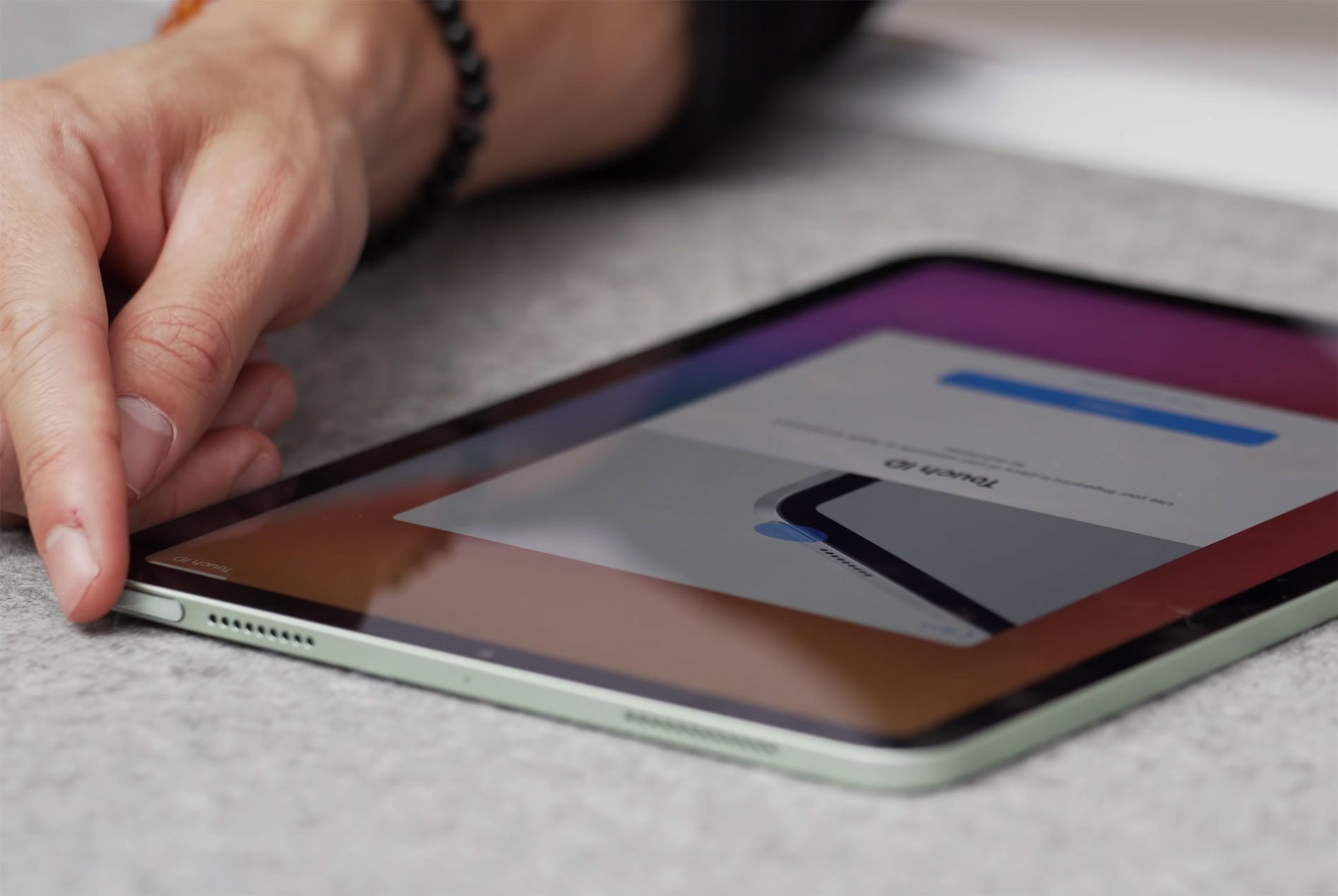
Source: YouTube video by Karl Conrad (Touch ID on the side button of the iPad Air 4) - On the software side, expect iOS to behave more like iPadOS when the device opens. Apple has already pushed developers toward adaptive layouts, and a foldable screen finally gives them a reason to use that advice. Split-screen multitasking, dynamic app resizing, and fast transitions between folded and unfolded states are all in the works, assuming Apple finishes testing them in time.
Apple won’t reinvent iOS for this device, but it will modify the experience to fit the form factor. When folded, the outer display should support the basics: calls, messages, widgets, Apple Pay, and a few shortcuts. Once opened, the interface expands and enables more serious multitasking, like editing a document while watching a video or pretending to be productive on the couch.
When Will the Foldable iPhone Arrive and How Much Will It Cost?
According to Ming-Chi Kuo, Apple plans to launch its first foldable iPhone in late 2026, most likely during the company’s usual fall release window. Foxconn should begin production around Q3 2025, which lines up with Apple’s standard timeline – rough prototypes one year, full production the next.
Display analyst Ross Young confirmed that Samsung Display will start panel shipments around the same time. Other sources, including Jeff Pu, echoed the same window, with a margin for delay if testing uncovers any last-minute surprises. In short, if Apple hits its targets, expect an announcement around September or October 2026.
The price? Don’t expect a “lite” version. Early estimates from Kuo and others suggest a launch price between $2000 and $2500. That’s premium and it’s territory where Apple stops pretending this is for everyone. Most likely, Apple plans to keep the initial batch small and expensive, both to manage supply and to test whether people will actually pay laptop money for a folding phone. So yes, it folds, but no, it won’t fold your wallet back together after checkout.
Final Thoughts
As of July 2025, this is everything we know about the foldable iPhone. It’s not much by Apple leak standards, but it tracks. Right now, the company seems more focused on wrapping up iOS 26 and preparing the iPhone 17 launch. Foldables don’t take center stage during a software release year, and Apple clearly prefers to control the narrative when the timing works in its favor.
Still, the picture looks clearer than ever. Between supply chain leaks, analyst reports, patent activity, and production schedules, Apple’s foldable project no longer feels like a wild rumor. It looks real. And while the final product remains under wraps, the pieces already show how far along the company has moved.
Once Apple finishes the iPhone 17 and iOS 26 rollout, we’ll likely see more concrete information, unless the usual pre-event silence takes over and everyone pretends this phone doesn’t exist until the keynote. Either way, we’ll wait, refresh a few leaker accounts, and see what else slips out between now and late 2026.



